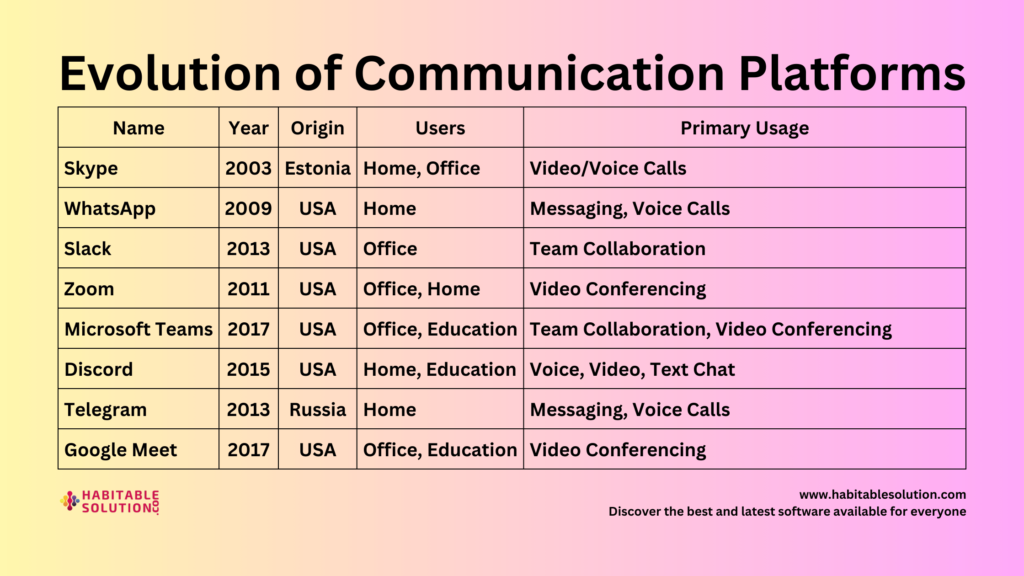
In today’s digitally driven world, the lines between public and private information on social media can be surprisingly thin. Open-Source Intelligence (OSINT) is a widely used technique that leverages publicly available data for various purposes, from gathering intelligence about targets to aiding law enforcement in tracking down criminals. The process, while rooted in publicly accessible data, is intricate and often surprising in its depth. This essay explores a detailed example of OSINT techniques applied to social media, focusing specifically on how even private accounts can inadvertently reveal information.
To illustrate the power of OSINT, consider a scenario where you come across a photo posted by a friend on Instagram. Despite their account being private, you might find yourself curious about the location of the photo. How would you go about determining where it was taken? The first step is to analyze distinctive features in the image, such as buildings or other recognizable landmarks. The initial approach might involve cropping the image to focus solely on these features and performing a reverse image search using Google. However, as demonstrated, this often results in a frustrating experience where only random and unrelated pictures are returned—often generic images of windows. This happens because search engines lack the nuanced contextual understanding of human perception, focusing instead on surface-level similarities.
Here is where tools like Cleanup.pictures become invaluable. By removing distracting elements, such as window frames and curtains, the image becomes more focused, allowing for a more accurate search. This refined image can then be submitted to Yandex, a Russian search engine renowned for its superior image recognition capabilities. Unlike Google, Yandex has a more sophisticated ability to match visual data with relevant results. In the example presented, this method successfully identified buildings near the Moscow River Bridge in Russia, demonstrating the efficacy of combining image refinement with a capable search engine to derive accurate results.
The exploration does not stop at images. Public interactions and posts offer another avenue for OSINT investigations, even when dealing with private accounts. To gain insight into a target’s public activity, using Google search operators is a powerful technique. For example, by employing the site:instagram.com operator along with intext:<username>, it is possible to uncover public posts and comments linked to the target’s username. While this approach may not reveal the entirety of their activity, it can still offer valuable context and clues about their interactions on public posts. Extending this method to other platforms, such as Bing, can sometimes yield unique results, as different search engines index content in varied ways. An important note when using these techniques is to ensure that you are logged into the relevant social media account, as certain searches may not work otherwise.
The scope of OSINT extends beyond simple searches and image analysis. If a target has publicly listed their full name on their profile, it opens the door to a wealth of publicly available documents. By using specific Google search operators like filetype:pdf, filetype:xls, or filetype:doc, it becomes possible to locate documents that contain the individual’s name. This may include resumes, court records, and other official documents, which in turn may provide contact information such as phone numbers or email addresses, or even information about their family members. This approach illustrates the depth and reach of OSINT when applied thoughtfully and systematically.
Metadata plays a crucial role in OSINT investigations as well. If a target mentions details such as their city, university, or workplace, incorporating these into search terms can further refine the results. By doing so, it is possible to uncover additional information, such as social media profiles associated with professional affiliations or educational institutions. For example, a programmer might have a profile on GitHub, while an artist could be active on platforms like DeviantArt or Pixiv. Such searches broaden the scope of OSINT, revealing more about the individual’s interests and online presence.
Facial recognition technology represents another powerful tool in the OSINT toolkit. Tools like FaceCheck.ID allow for facial recognition searches across the internet, including social media platforms. By uploading an image, users can uncover matches that provide new insights or confirm existing leads. If FaceCheck.ID does not yield results, other paid tools like PimEyes offer more advanced facial recognition capabilities, though they do not include social media platforms in their searches.
The process of gathering OSINT data does not end with facial recognition. If you have identified an email address associated with a target through methods like Google Dorking, additional searches can be conducted using services such as HaveIBeenPwned or Epos to uncover linked social media accounts. Additionally, resources like IntelTechniques.com offer a range of tools tailored for performing OSINT investigations on multiple social media platforms.
While the techniques and tools discussed illustrate the power and reach of OSINT, it is essential to emphasize the ethical considerations inherent in this work. Gathering publicly available information is legal, but using such information for malicious purposes can lead to serious legal consequences. The intent behind OSINT investigations should always be responsible and ethical, respecting the boundaries and privacy of individuals while adhering to the law.
In conclusion, the world of OSINT is complex and multifaceted, offering a range of tools and techniques to gather publicly available information, even from private social media accounts. From reverse image searches and metadata analysis to public document searches and facial recognition, each method provides a unique lens through which to view and understand digital data. By combining these approaches thoughtfully and ethically, it is possible to derive meaningful insights while respecting the balance between public knowledge and personal privacy.




